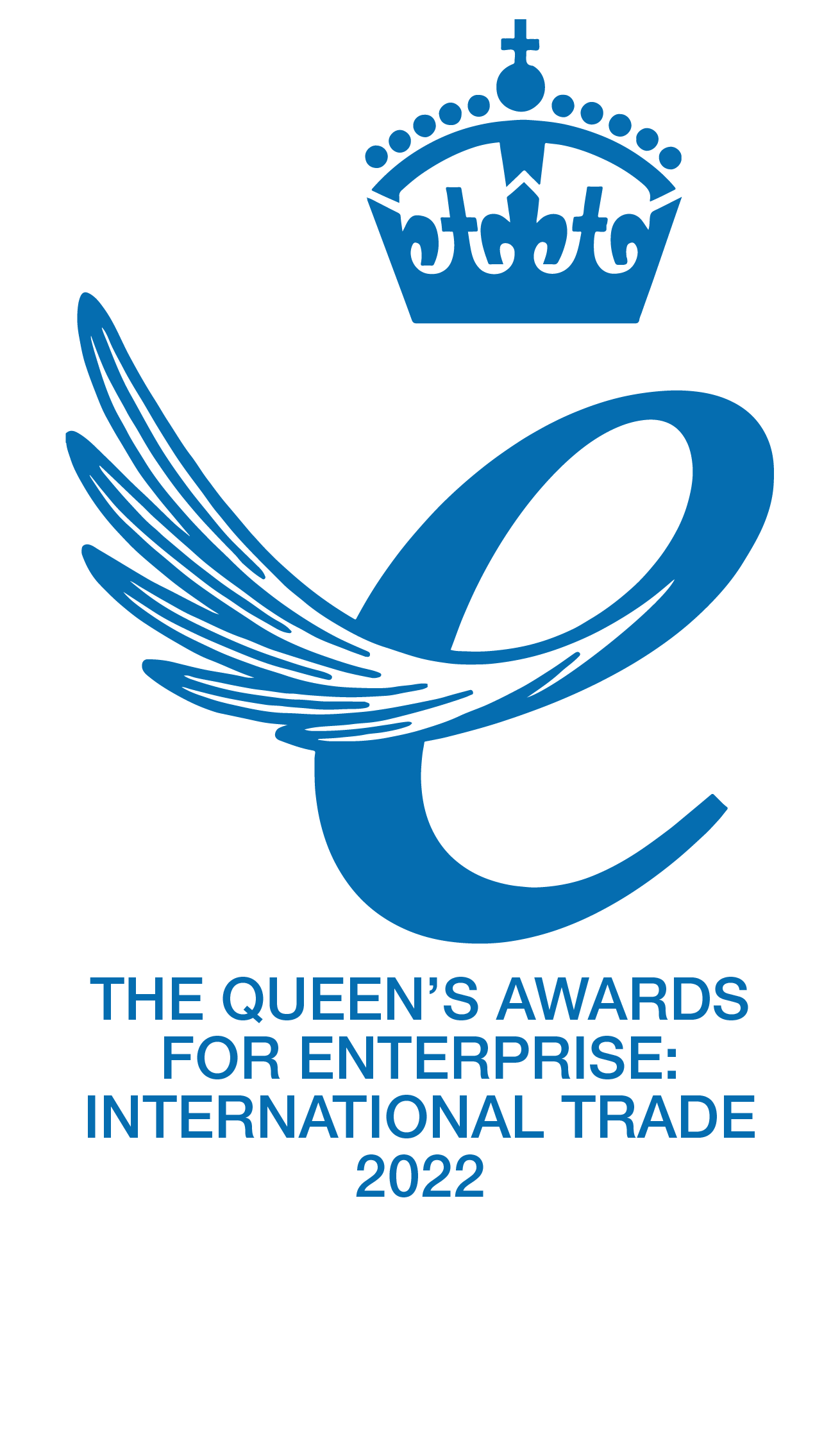The UK P&I Club have suggested that extended periods of time on board a ship without a fire incident can lead to complacency and therefore a failure of prioritizing prevention methods and fire incident practices. It is impossible to prepare for all eventualities on a vessel, and it is often easier to influence the prompt detection of fires and their effective extinguishment, and these factors therefore play a key role in minimizing fire damage aboard vessels.
The Ungoverned Space is the area where either the regulations or the protecting systems of the tankers are not effectively providing consistent and reliable safety. This life-threatening issue must be dealt with, with specific regard to loss of contents in fixed fire extinguishing systems and need for improvements to room integrity testing. Even in 2017, gaseous fixed fire extinguishing systems are often overlooked, and are misunderstood at all levels: owners, managers, chief engineers and crew.
Look after your installations or pay the price of fire
Tankers extinguishing installations are its essential defense against the risk of fire at sea. The main factor that needs to be understood is that they must be able to actuate, or release their gas, in the event of a fire. Gaseous extinguishing systems are highly pressurized, the risk of leaking and discharging is accepted as part of their use, shown in the regulations that demand their upkeep e.g. IMO SOLAS FSS Ch5. 2.1.1.3:
“Means shall be provided for the crew to safely check the quantity of the fire extinguishing medium in the container”
Adding to this, the details of their leakage within the regulations which is troubling. ISO 14520-1 clearly states that:
“If a container shows a loss of agent quantity or a loss of pressure (adjusted for temperature) of more than 5 %, it shall be refilled or replaced”
Given that the gaseous systems are designed specifically to the individual need of the tanker then a 5% loss of agent may mean that they would not fully extinguish the fire. Manual weighing is not only laborious, but also dangerous to the crew conducting the servicing.
Innovative Solutions
- Portalevel® MAX Marine is designed primarily for the vessels’ crew to inspect large fire suppression systems of up to 600 cylinders.
- The ease of operation in comparison to weighing, increases the ability of more regular and frequent checks, improving fire safety management onboard.
- Coltraco’s innovative method of inspecting leaking cylinders with ultrasonics, enables identification in under 30 seconds using Portalevel® with one person, instead of the traditional 15 minutes, with two people laboriously weighing.
The Portasteele® Calculator is an advanced calculator application, that converts the liquid level indicator height of C02, NOVEC™ 1230 and FM-200® liquefied gaseous extinguishant agent readings taken on an ultrasonic non-destructive liquid level indicator device into the agent weight/mass. Furthermore, the Portasteele® can convert an expected agent weight back to the required liquid level allowing users to anticipate where the level should be. The Portasteele has widely been recognised by awards, as a finalist in the Safety at Sea Awards 2017 and the Tanker & Trade Awards 2016.
Addressing fire at sea is critical, especially when all owners and managers are seeking to reduce risk, cut costs and surge on safety. Owners and managers, to servicing companies and insurers – use Coltraco Ultrasonics.






